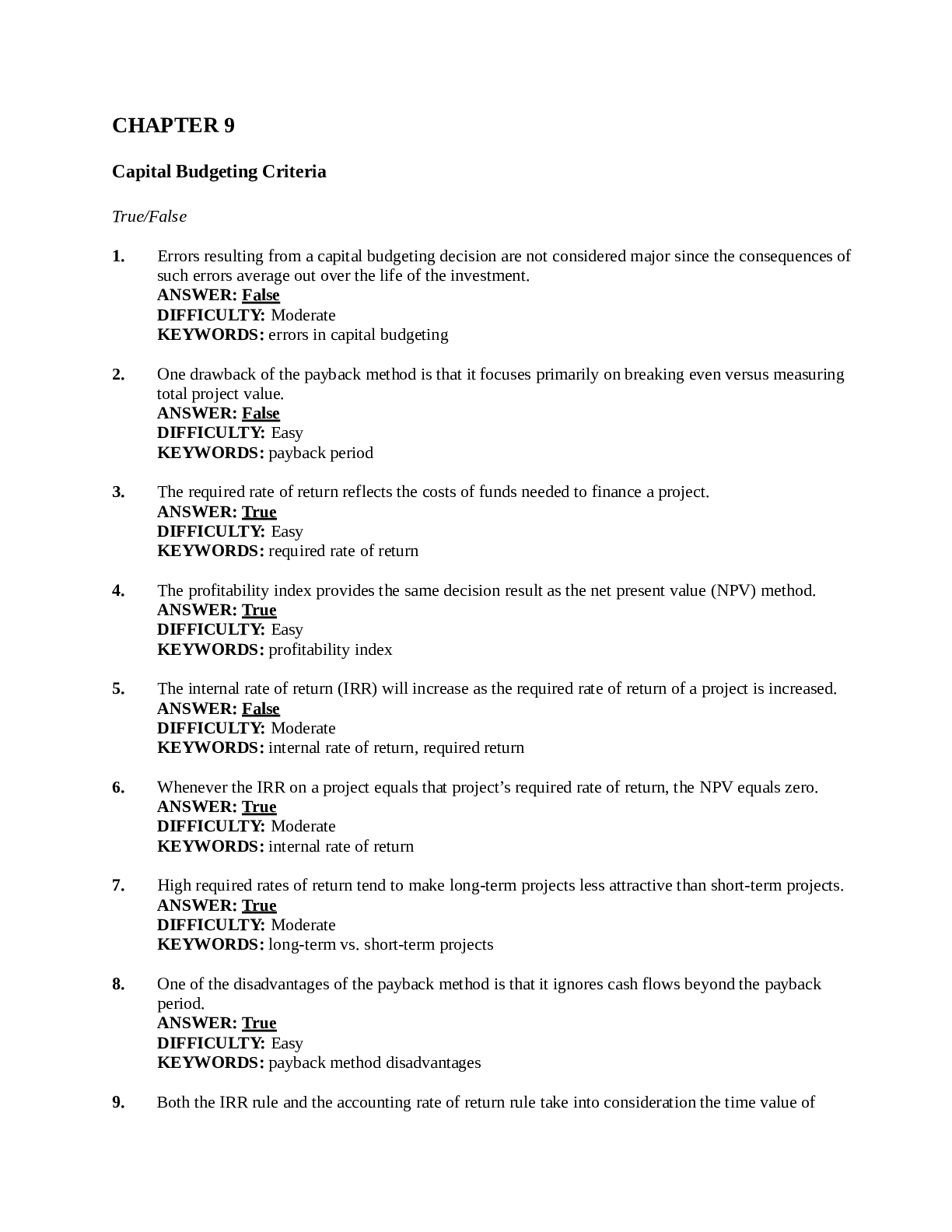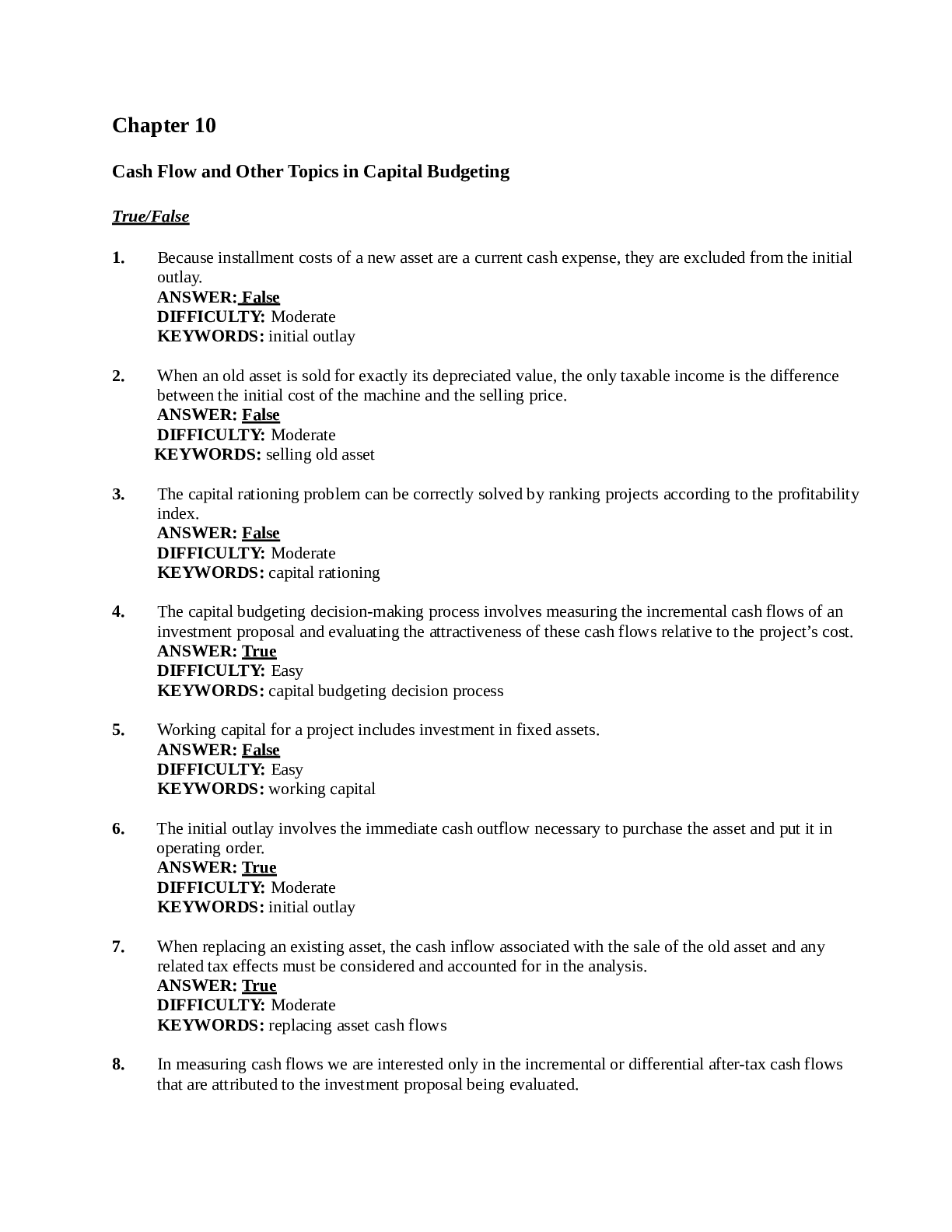Finance > QUESTIONS & ANSWERS > ECON 3332 CHAPTER 11 MANAGING LONGLIVED RESOURCES: CAPITAL BUDGETING Quiz 2021/2022 | Rated A (All)
ECON 3332 CHAPTER 11 MANAGING LONGLIVED RESOURCES: CAPITAL BUDGETING Quiz 2021/2022 | Rated A
Document Content and Description Below
TRUE/FALSE 1. Money is not a productive asset because it is not a longlived resource. LO1 – False Money is a productive asset. 2. The opportunity of cash is the time value of money. LO1 – Tr... ue 3. It is not difficult to match the supply and demand for capacity resources over a period of months or even years. LO1 – False It is difficult to match the supply and demand for capacity resources over a period of months or even years. 4. Cost allocations ignore the “lumpy” nature of capacity resources, and estimate costs as if we can match supply and demand continuously and smoothly. LO1 – True 5. Strategic plans specify how the company intends to achieve its longterm objectives, and dictate what resources the firm needs to execute its plans. LO1 – True 6. As it relates to capital expenditure decisions, cost of capital is the opportunity cost of capital required for the proposed investment. LO2 – True 7. The initial outlay for an asset does not include the cost of installation and training charges. LO2 – False The initial outlay includes all costs incurred to ready the asset for its intended use. 8. The salvage of an asset is the residual value from disposing of the asset at the end of its useful life. LO2 – True 9. Setting an estimated life expectancy of an asset too low understates the profitability of the investment and could result in the firm rejecting profitable opportunities. LO2 – True 111 Balakrishnan Managerial Accounting 10. The cost of capital is measured as the total of all costs incurred to ready an asset for its intended use, including purchase price, shipping and delivery, taxes, and any installation and training costs. LO2 – False The cost of capital is measured as the rate of return that providers of capital expect from their investment. 11. The two main discounted cash flow techniques used in capital budgeting are net present value (NPR) and costvolumeprofit (CVP). LO3 – False The two main discounted cash flow techniques used in capital budgeting are net present value (NPV) and internal rate of return (IRR). 112 Managing Long-lived Resources: Capital Budgeting 12. When analyzing capital investments using the NPV method, the first step is to discount the initial investment. LO3 – False The initial investment account is already at its present value. It requires no discount. 13. The present value factor is also known as the discount factor. LO3 – True. 14. Unlike the CostVolumeProfit method, the NPV method does not allow users to perform “whatif” sensitivity analysis with respect to various estimates and assumptions, and to examine alternative scenarios. LO3 – False Like the CVP method, the NPV method allows the user to perform “whatif” sensitivity analysis with respect to various estimates and assumptions, and to examine alternative scenarios. 15. Like the Net Present Value method, the Internal Rate of Return method assumes that the initial cash outflow takes place at the beginning of the period. LO3 – True 16. Under the payback method to evaluate investments, we compute how long it takes to recoup the initial investment using discounted cash flows. LO4 – False Under the payback method to evaluate investments, we compute how long it takes to recoup the initial investment using undiscounted cash flows. 17. The greatest advantage of the payback method is that the payback period is easy to compute and to understand. LO4 – True 18. The modified payback method accumulates the present value of future cash flows over time and compares the cumulative value with the initial cash outlay. LO4 – True 19. The greatest advantage of the modified payback method is that it considers all future cash flows from a project as does the NPV method. LO4 – False The modified payback method does not consider all future cash flows from a project as the NPV method does. 20. The accounting rate of return is relatively straightforward to compute, but ignores the time value of money. 113 Balakrishnan Managerial Accounting LO4 – True 21. Regardless of the method used to evaluate longlived resources, firms need to consider one very important factor: present value. LO5 – False Regardless of the method they use to evaluate projects, firms need to consider one very important factor: taxes. 22. Net cash flows typically equal accounting income. LO5 – False Net cash flows do not typically equal accounting income. 23. Taxes affect both the amount and timing of cash flows. LO5 – True 24. Depreciation offers a tax shield that reduces the cash outflow associated with tax payments. LO5 – True 25. U.S. tax laws only allow depreciation deductions using the Modified Accelerated Cost Recovery System (MACRS). LO5 – False In addition to straightline depreciation method, U.S. tax laws also allow depreciation deductions as stipulated by the Modified Accelerated Cost Recovery System (MACRS). 26. The hurdle rate reflects the minimum expected rate of return of the management from any project. LO6 – True 27. Estimating future cash inflows and outflows, and identifying the appropriate discount rate for present value calculations is generally all companies need to evaluate a given capital expenditure. LO6 – False Estimating future cash inflows and outflows, and identifying the appropriate discount rate for present value calculations is not enough. Companies also need to determine the future nonfinancial costs and benefits from a capital expenditure. 28. Ignoring future benefits because they are hard to quantify can lead to lost opportunities. LO6 – True 29. Some firms accept low rates of return to compensate for the risk from taking on longlived capital investments. 114 Managing Long-lived Resources: Capital Budgeting LO6 – False Some firms demand high rates of return to compensate for the risk from taking on capital investments with longevity. 30. Real option analysis is a collection of mathematical techniques for valuing the flexibility associated with a project. LO6 – True 31. Assume you inherit cash from a relative and invest the money in a stock fund that promises an expected annual return. If you want to know how much the money will grow if you reinvest any interim proceeds in the same fund, use the Present Value Table for “Future Value of an Annuity in Arrears” to determine the amount. Appendix A – False Use the Present Value Table for “Future Value of an Investment” to determine the amount. 32. Suppose you want to have $100,000 15 years from now. To determine the amount you need to invest now at an expected rate of return, use the Present Value of a Future Financial Need. Appendix A – True 33. When you were a high school senior, your parents estimated that your college tuition would $6,000 per year, and the amount would be due at the start of each year for the next four years. To determine how much your parents needed to invest when you were a high school senior, they used the table for Present Value of a Future financial Need. Appendix A – False They used the table for Present Value of an Annuity in Arrears. 34. An annuity is a stream of cash flow with the property that the cash flows are equal per period. Appendix A – True 35. The only way to compute future values is using the builtin formula in spreadsheet programs. Appendix A – False We can compute future values by using the builtin formula in spreadsheet programs or looking up the value factor from a table. 36. The formula for the Present Value of $1 is: 1 (1 + r)n Appendix B – True 38. The formula for the Future Value of $1 is (1 – r)n Appendix B – False T [Show More]
Last updated: 1 year ago
Preview 1 out of 46 pages
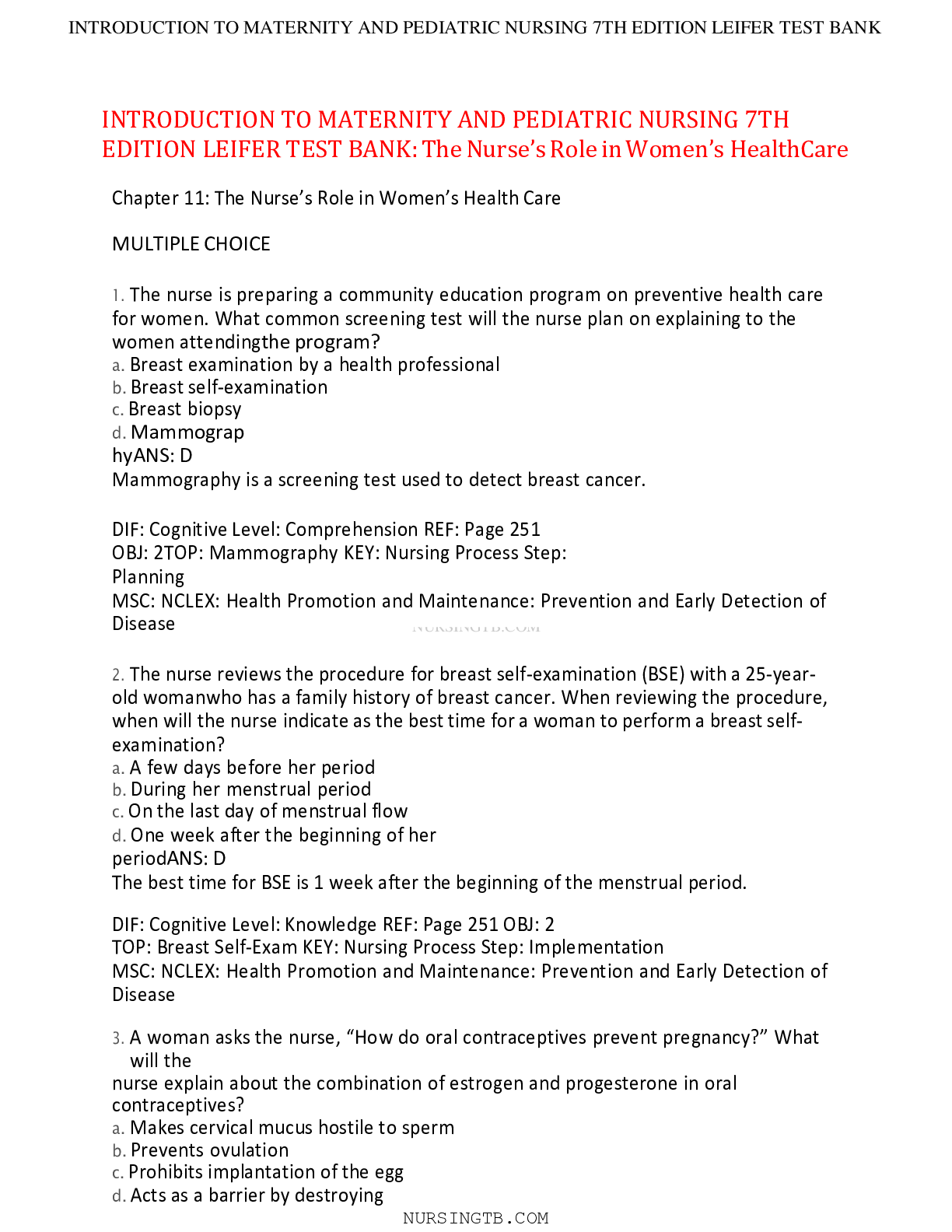
Reviews( 0 )
Document information
Connected school, study & course
About the document
Uploaded On
Aug 31, 2021
Number of pages
46
Written in
Additional information
This document has been written for:
Uploaded
Aug 31, 2021
Downloads
0
Views
44




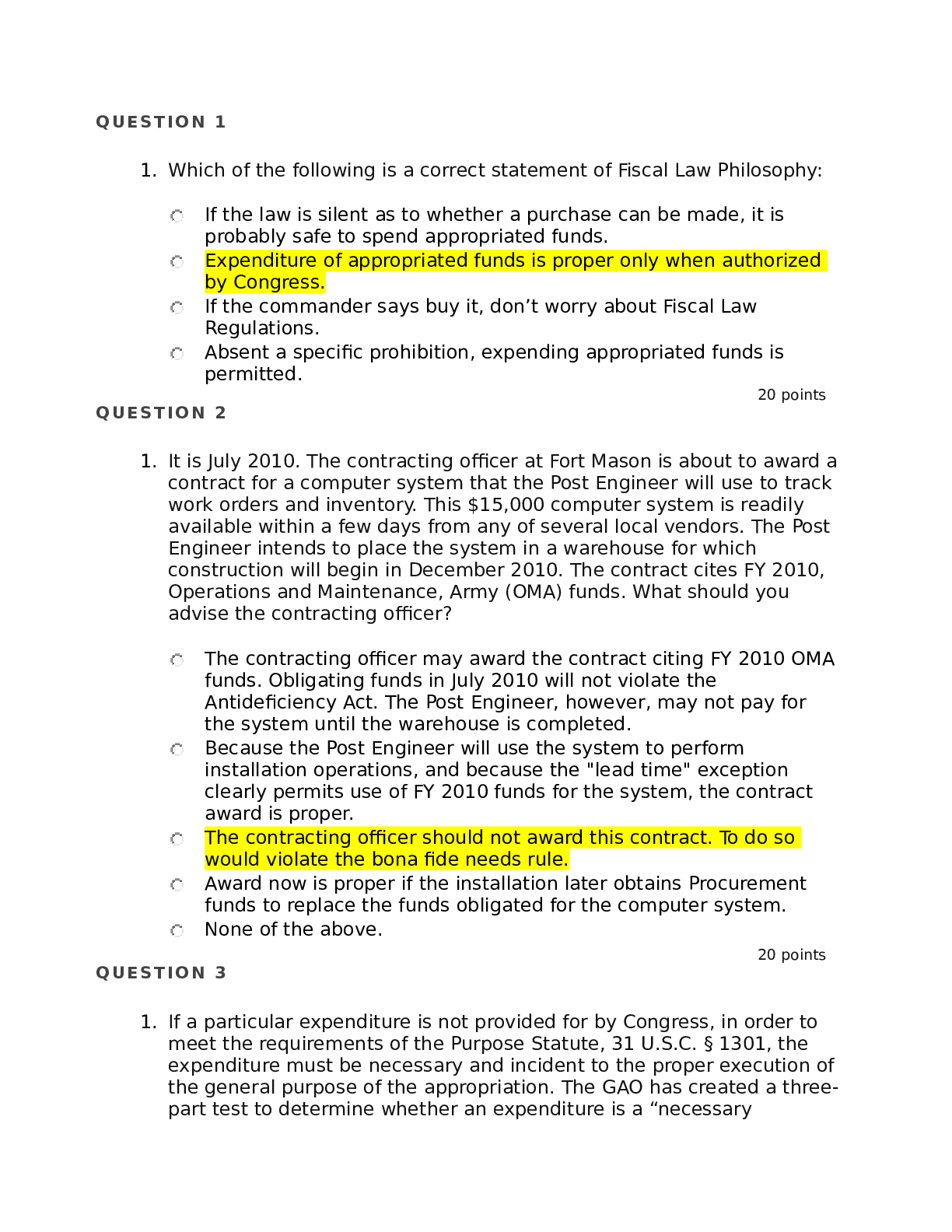
.png)

.png)
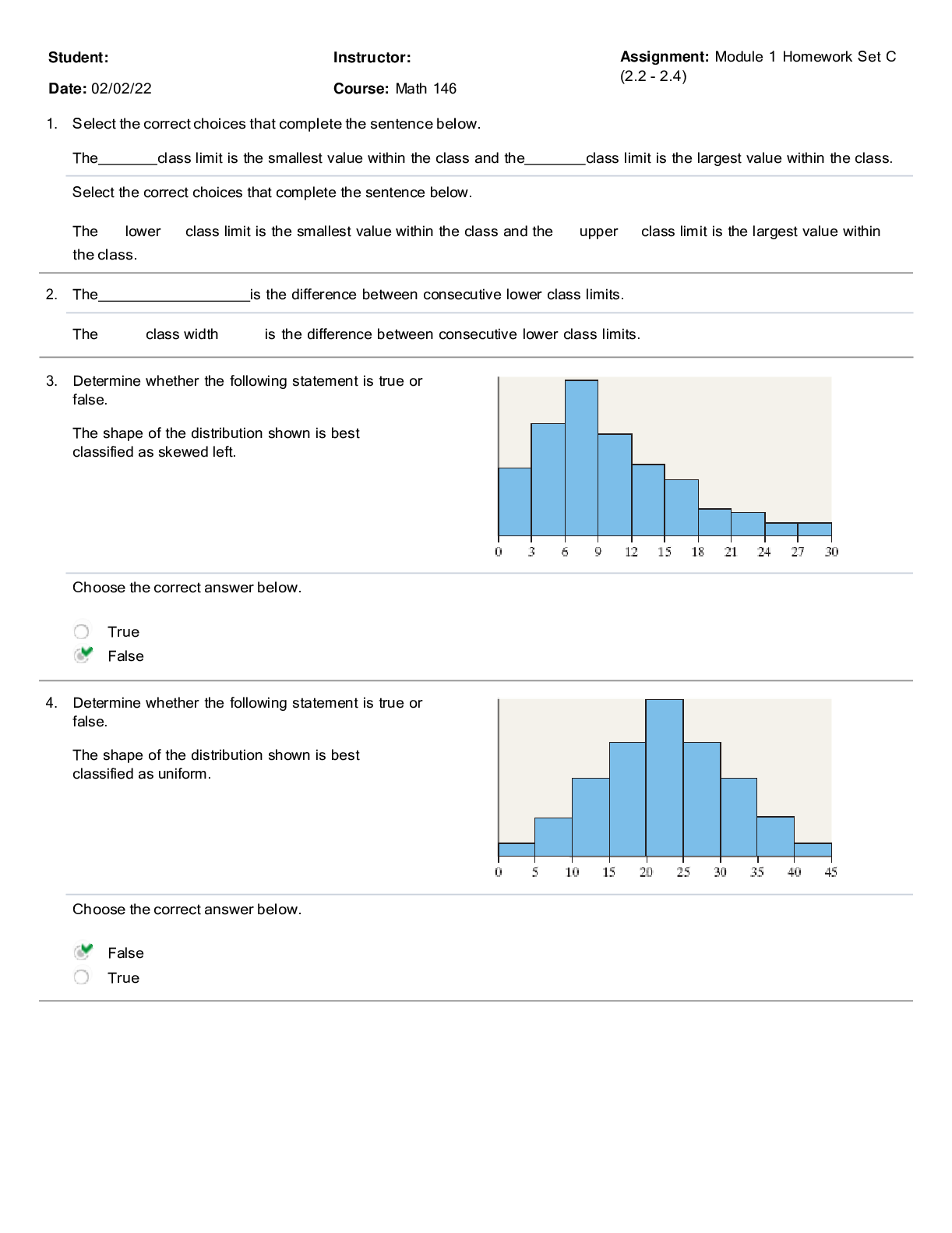
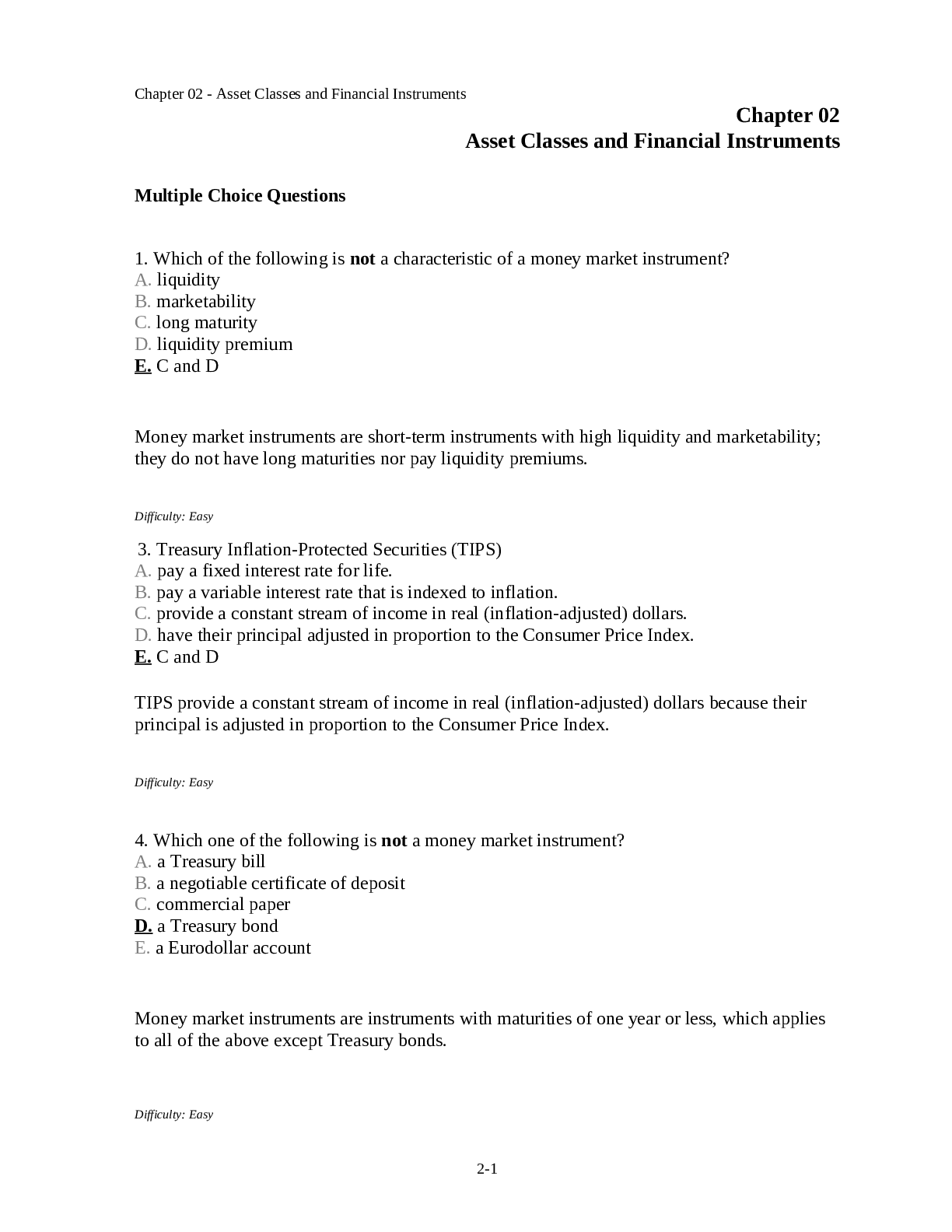
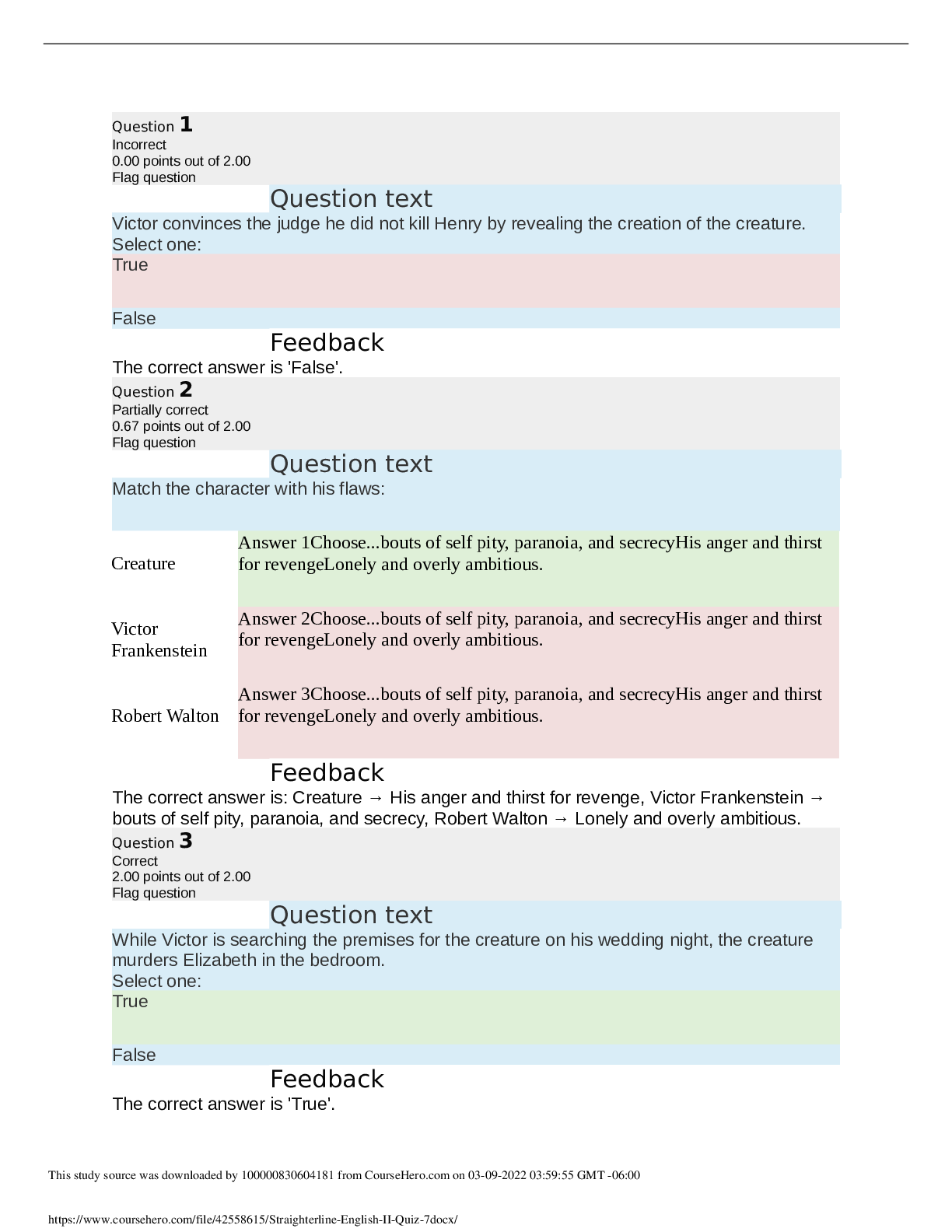

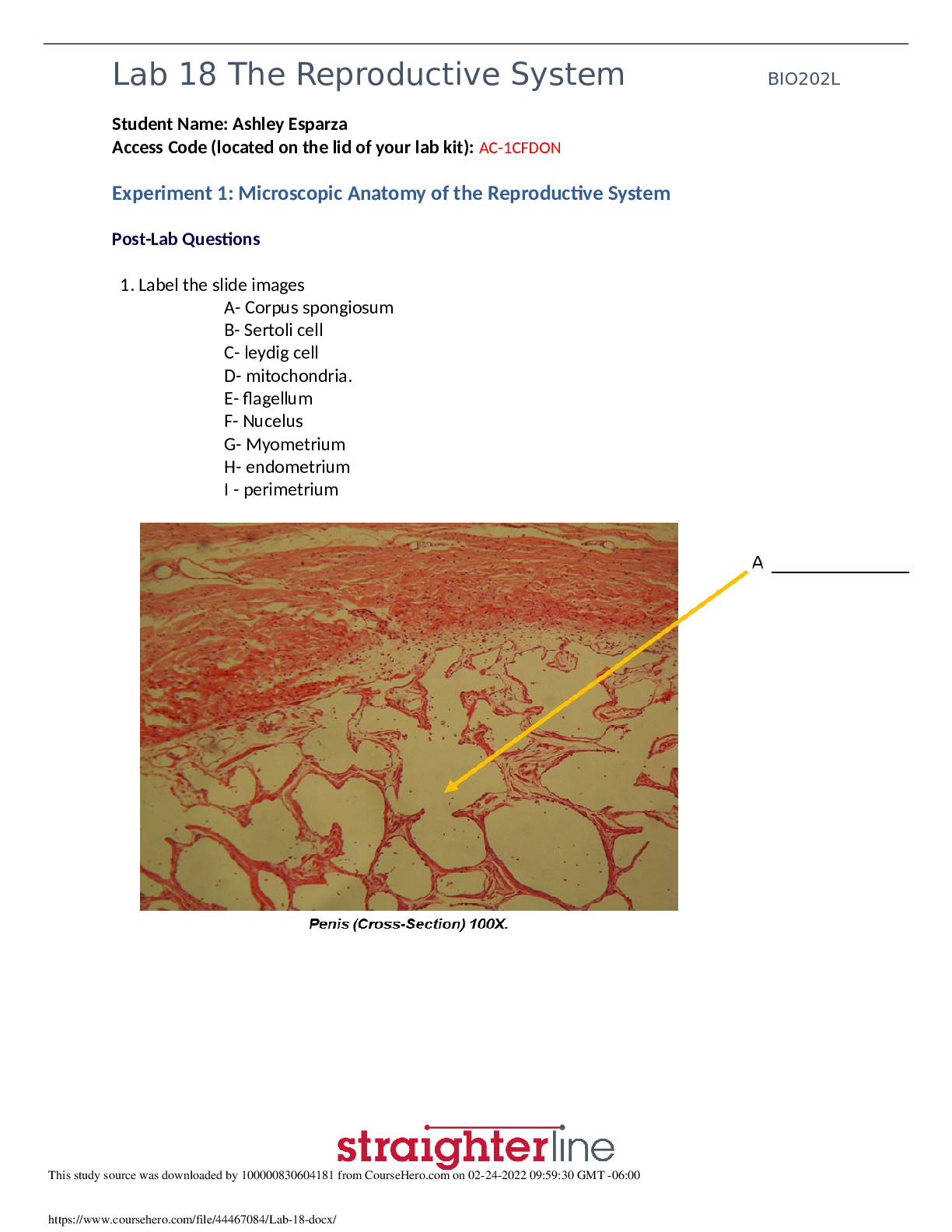
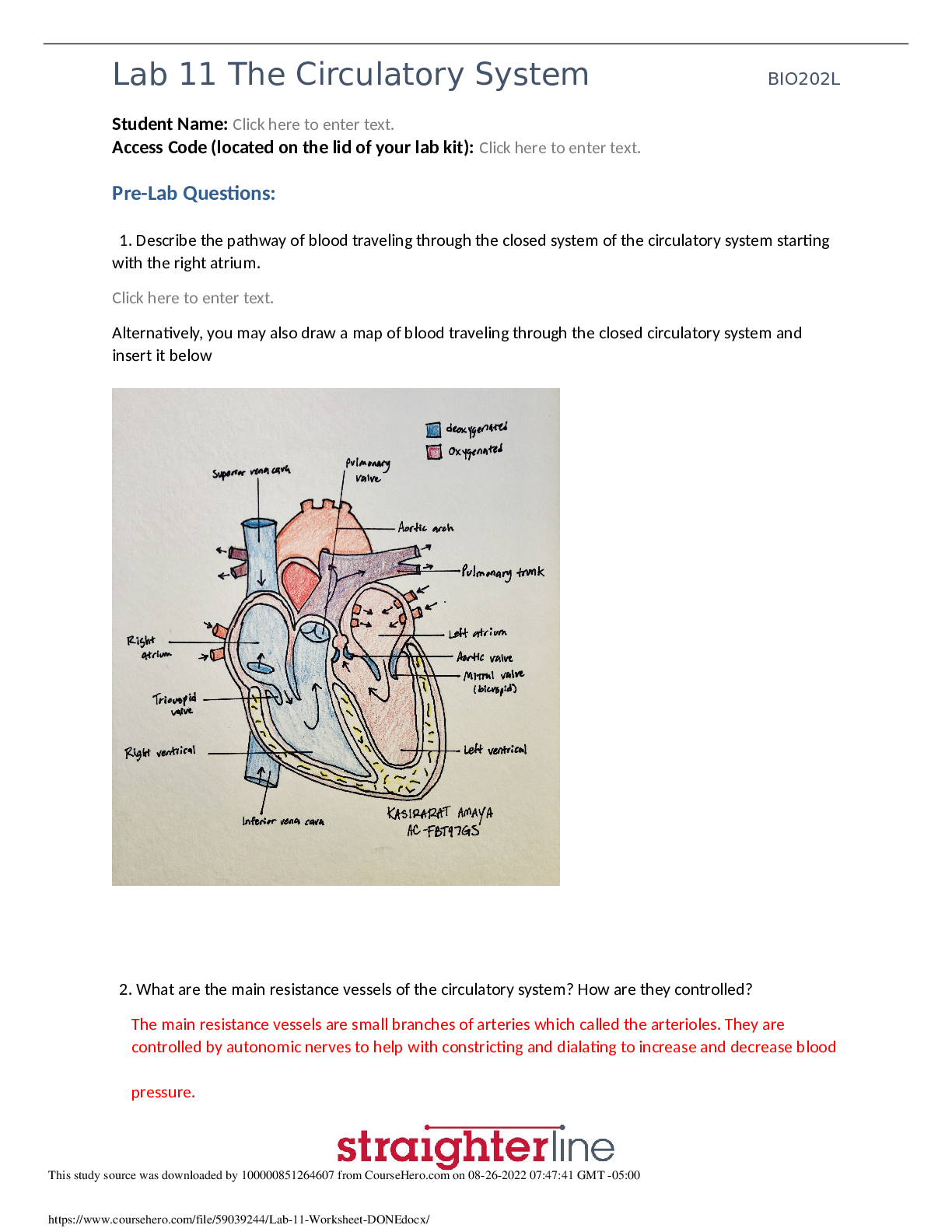
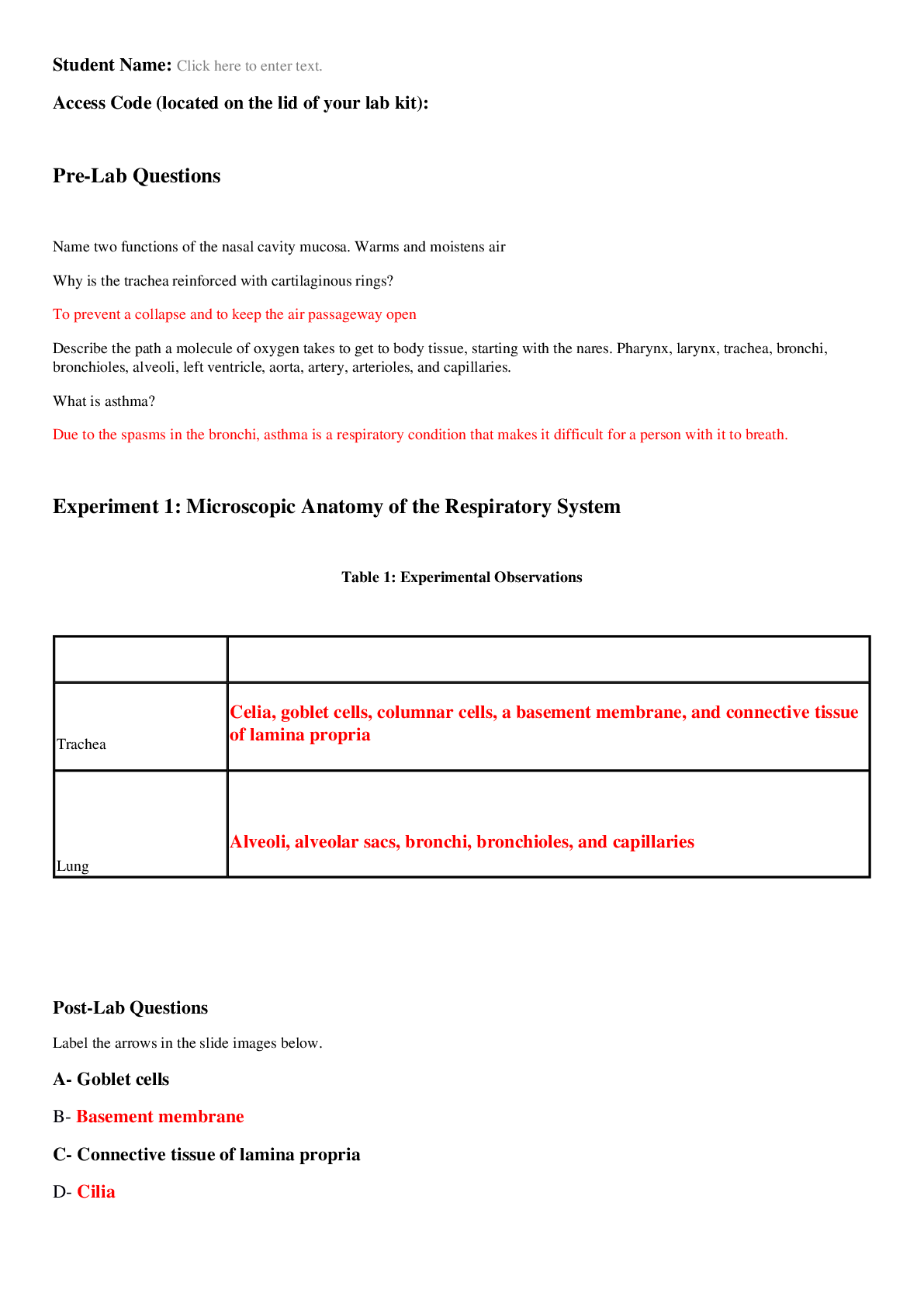
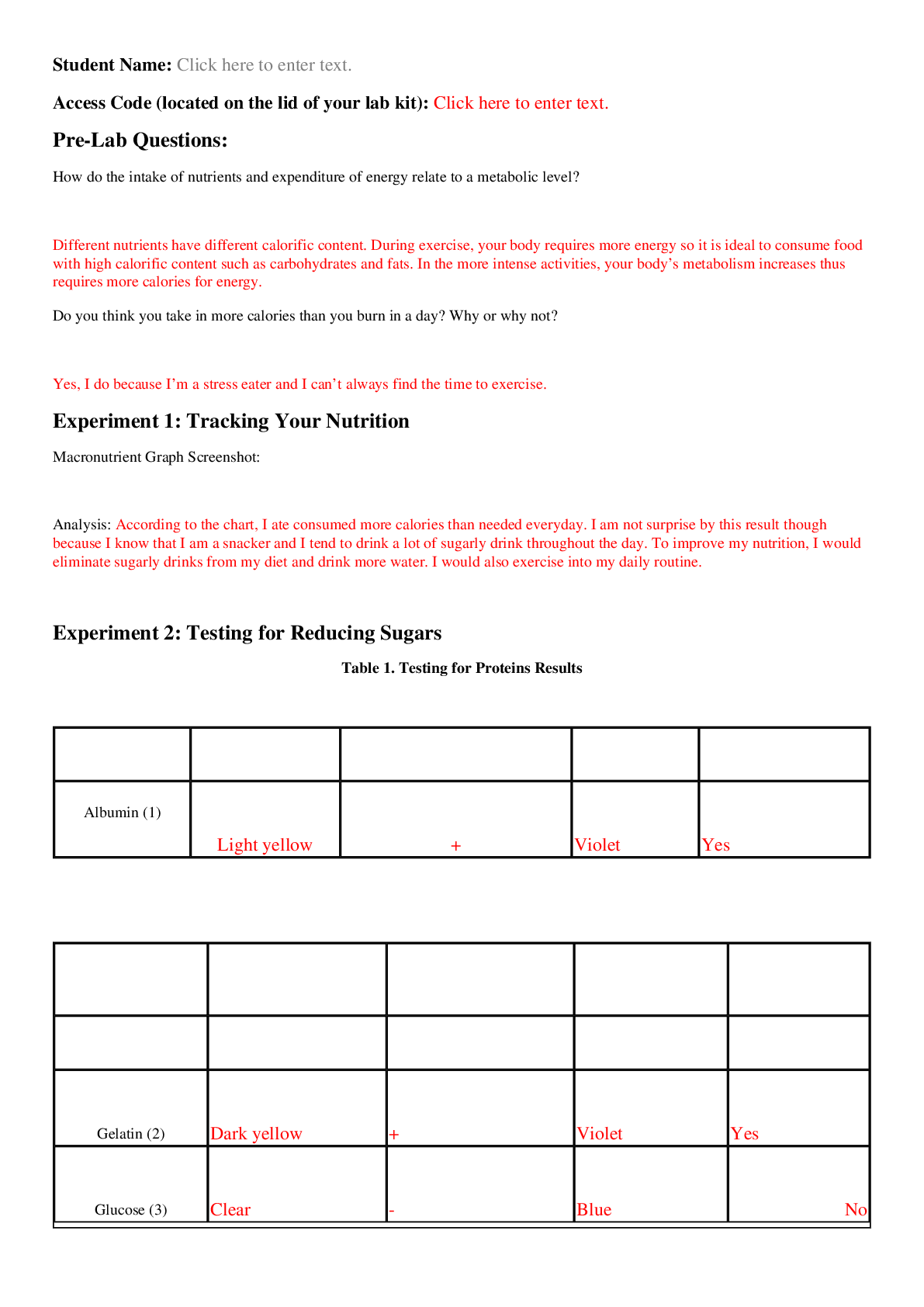
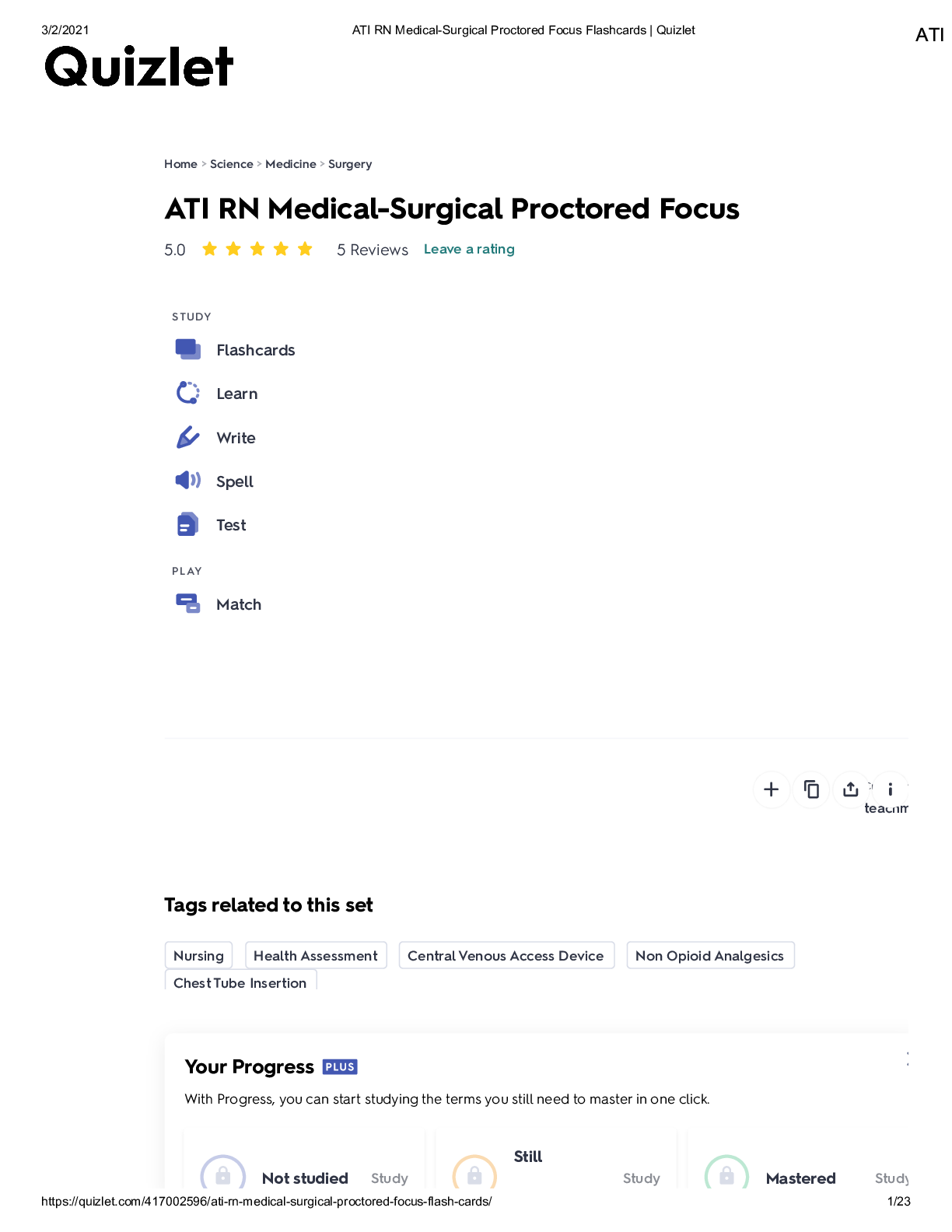


.png)

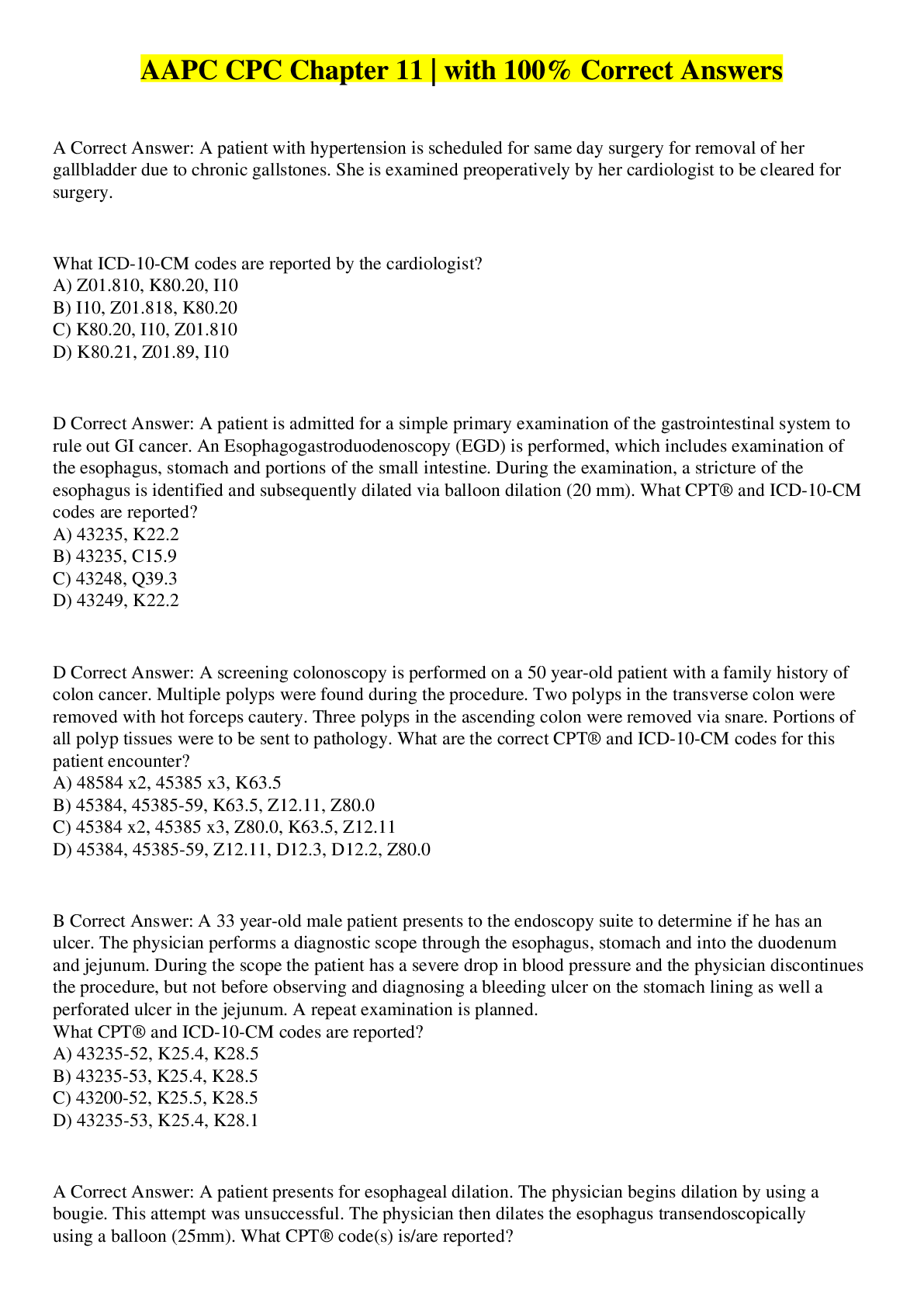

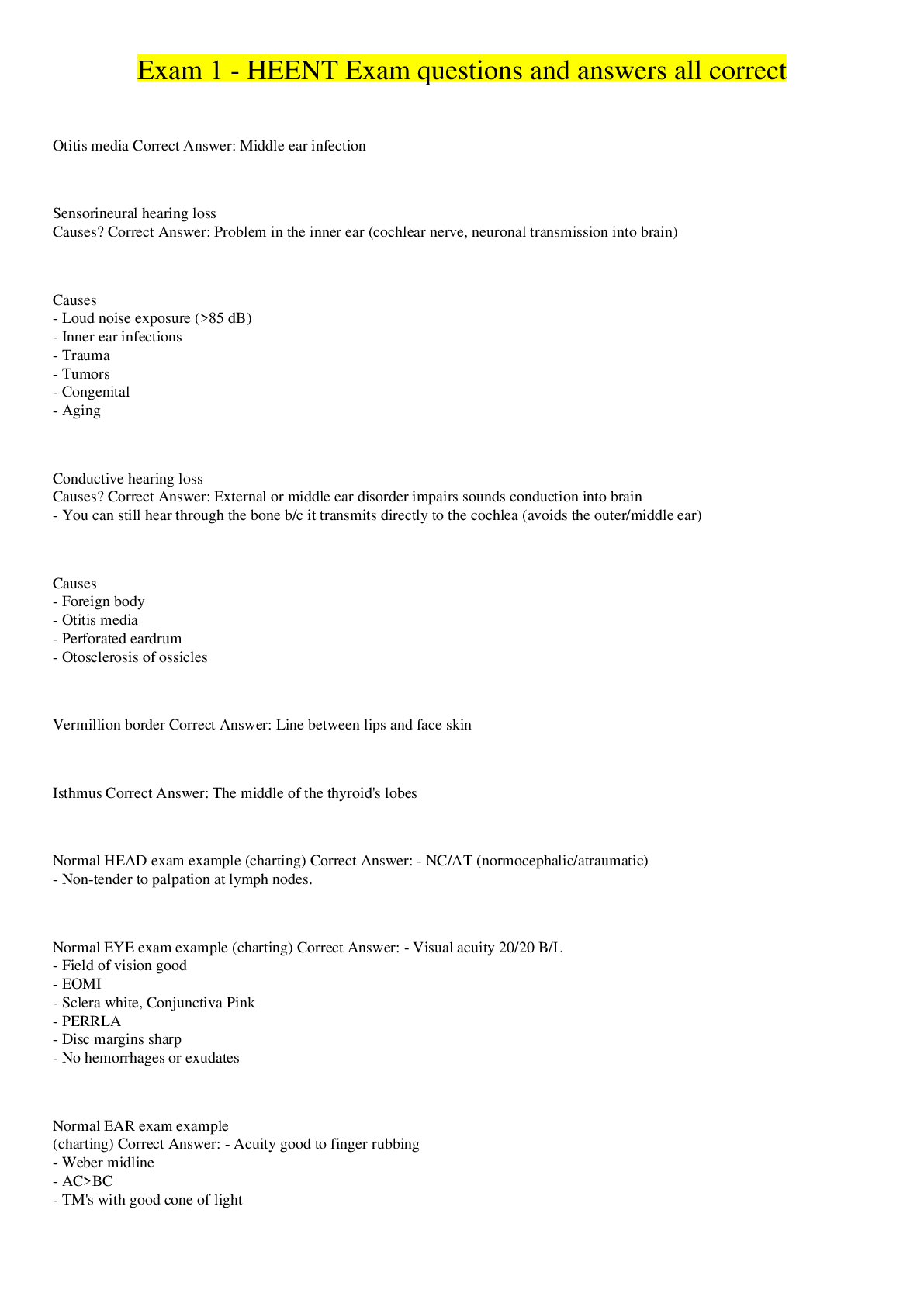

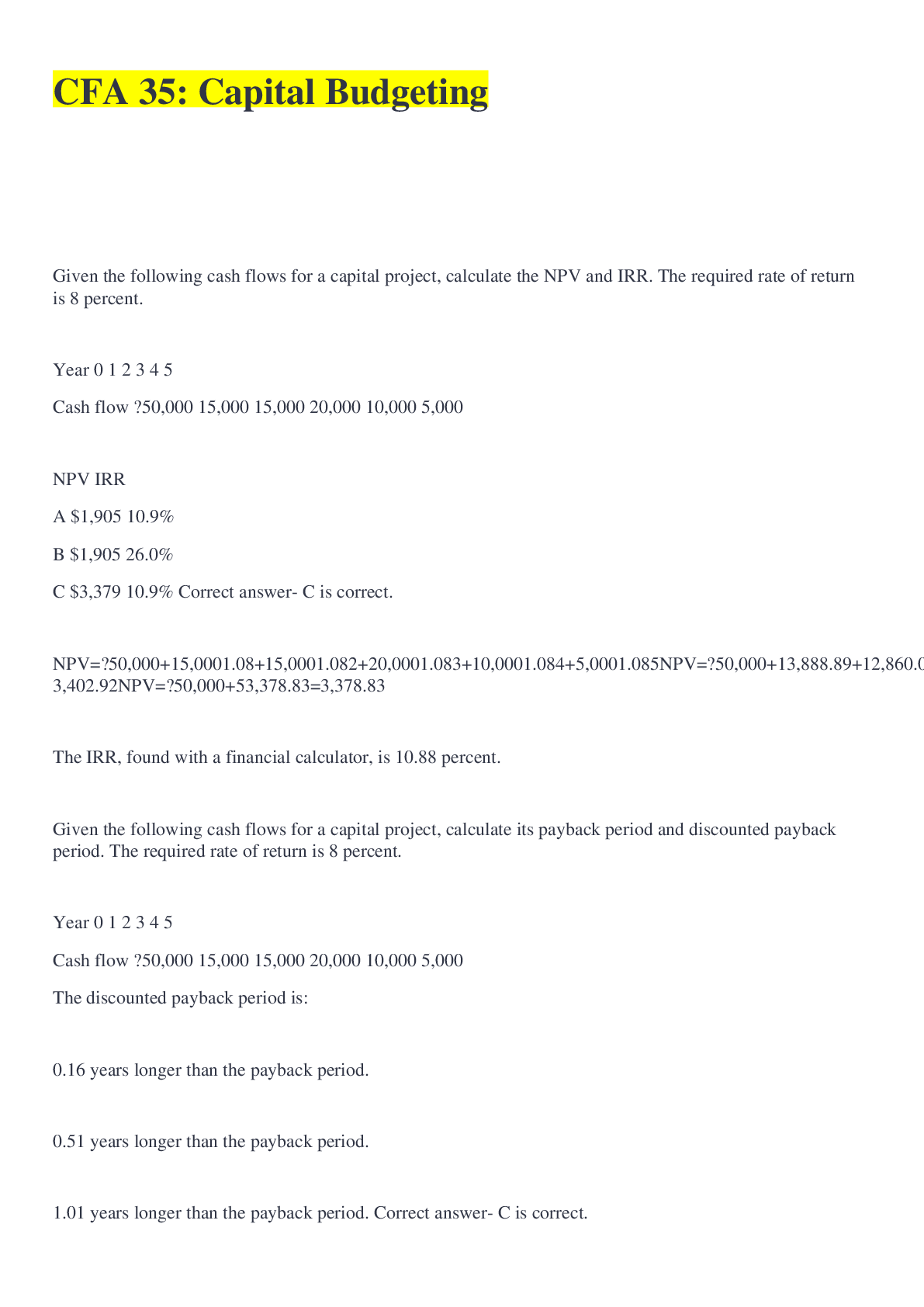


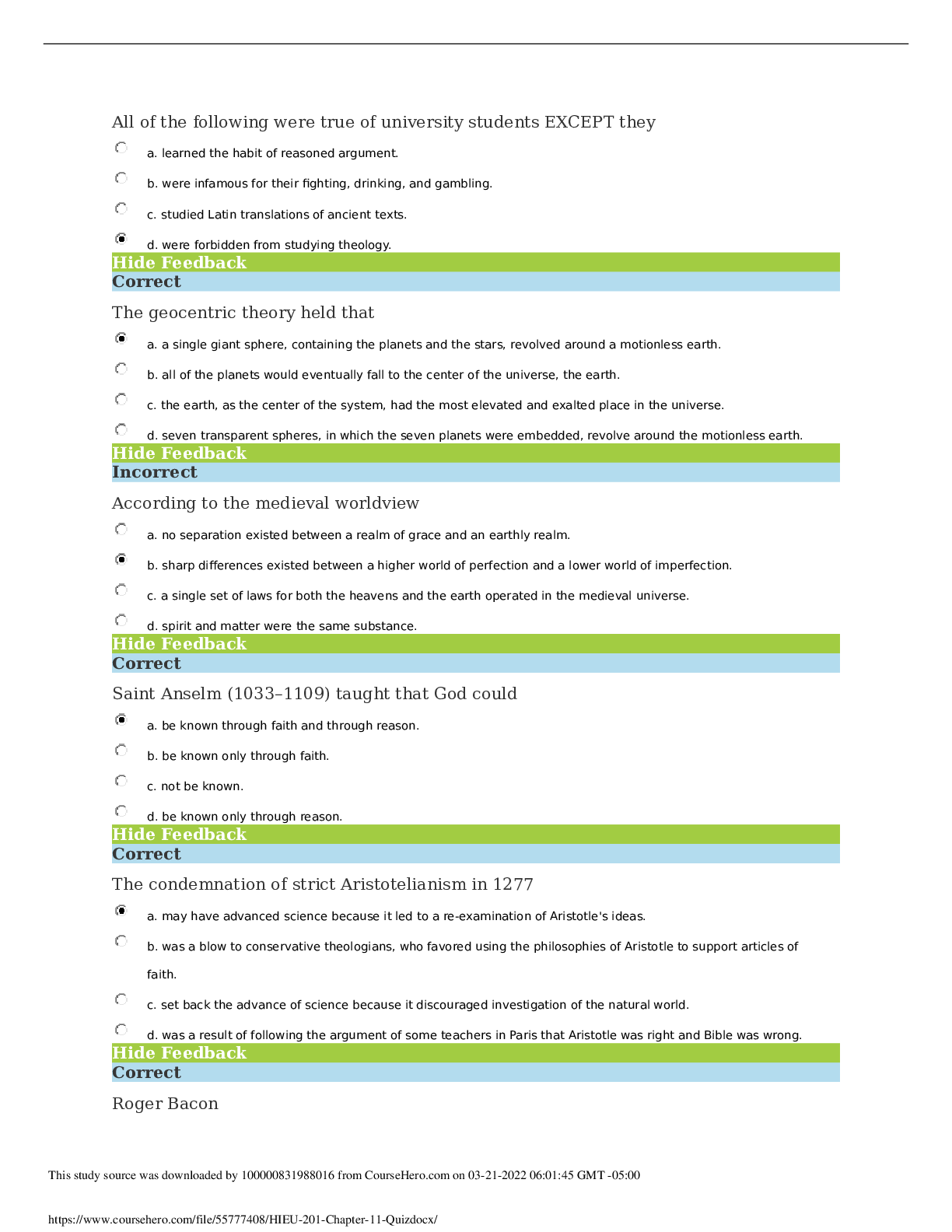
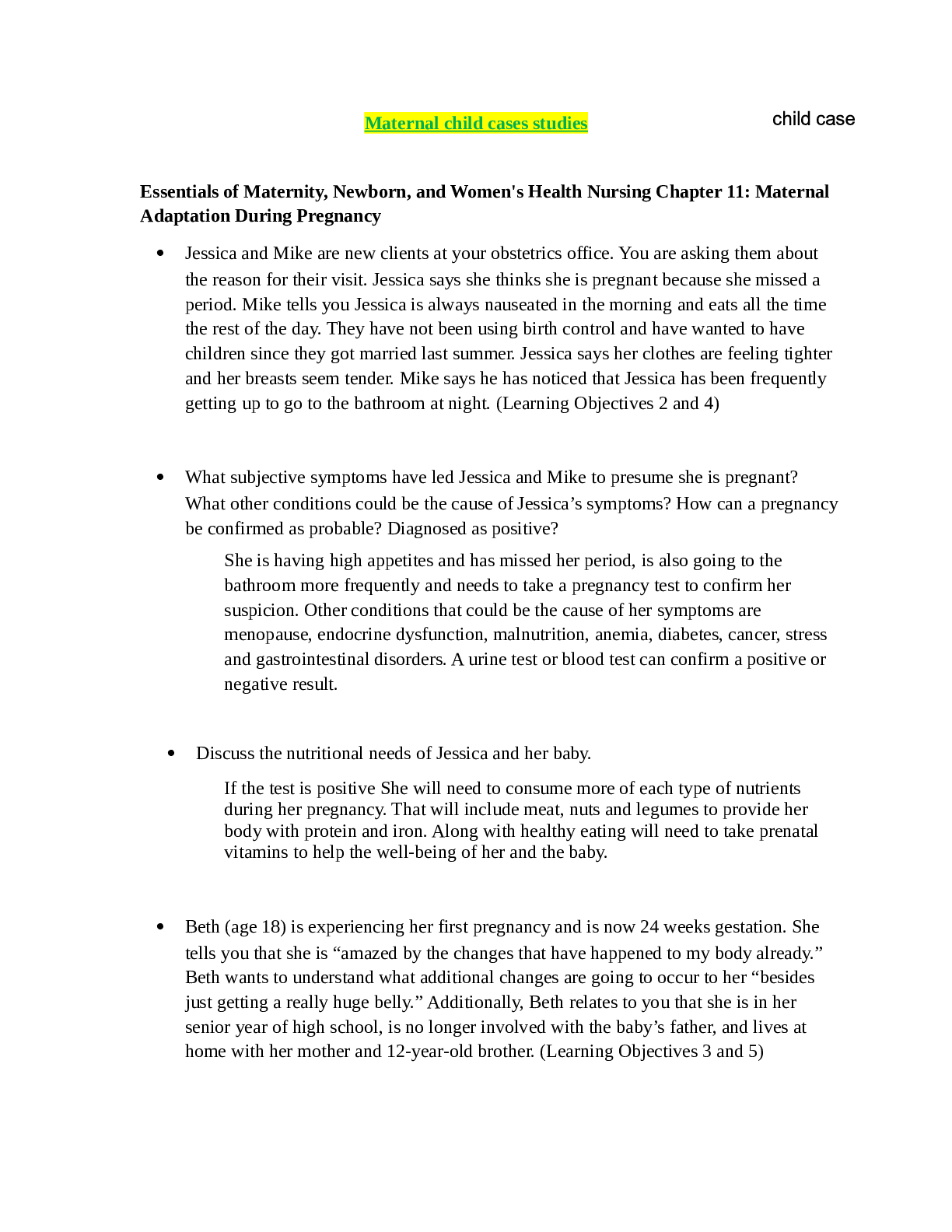
.png)

